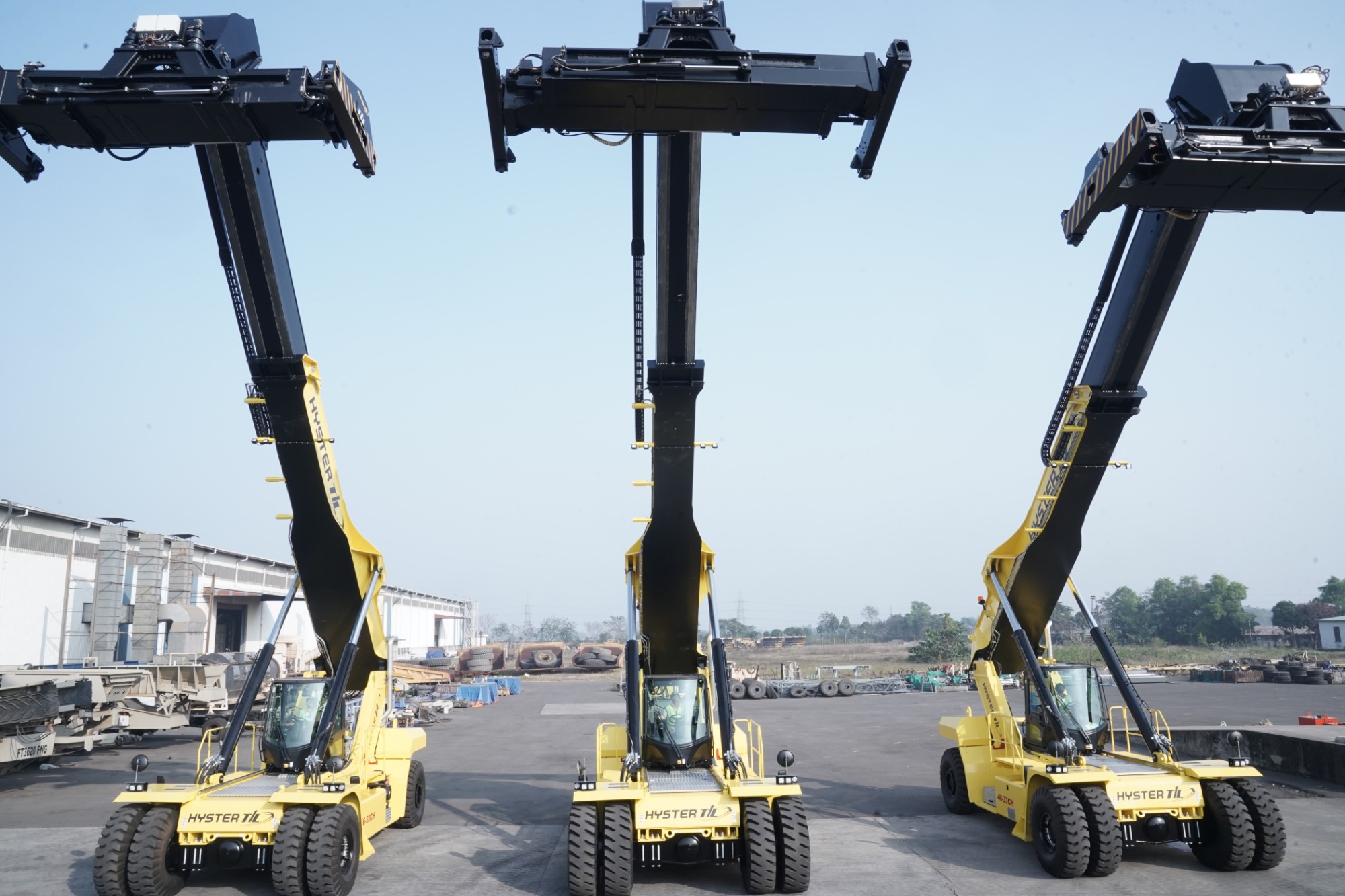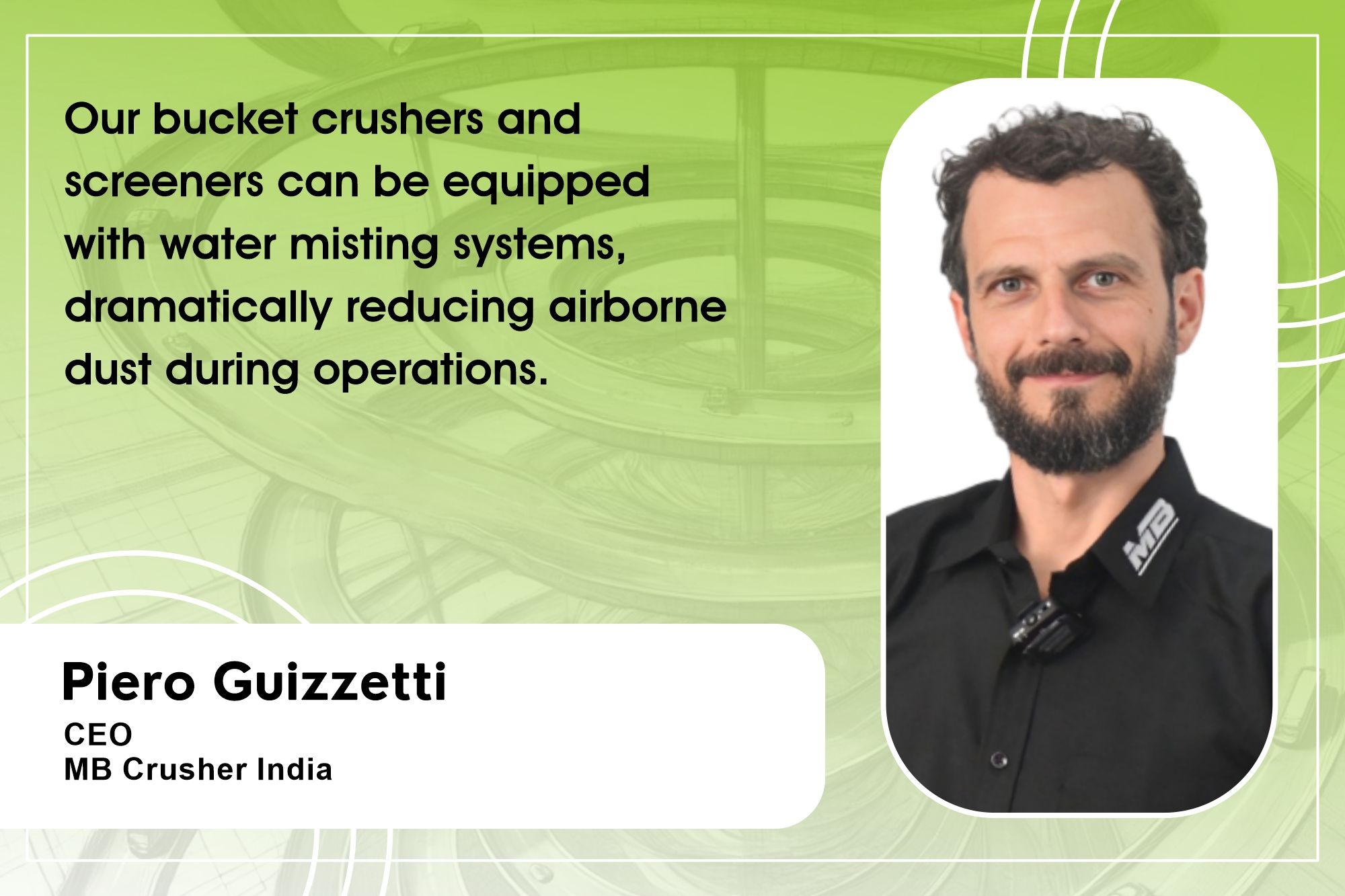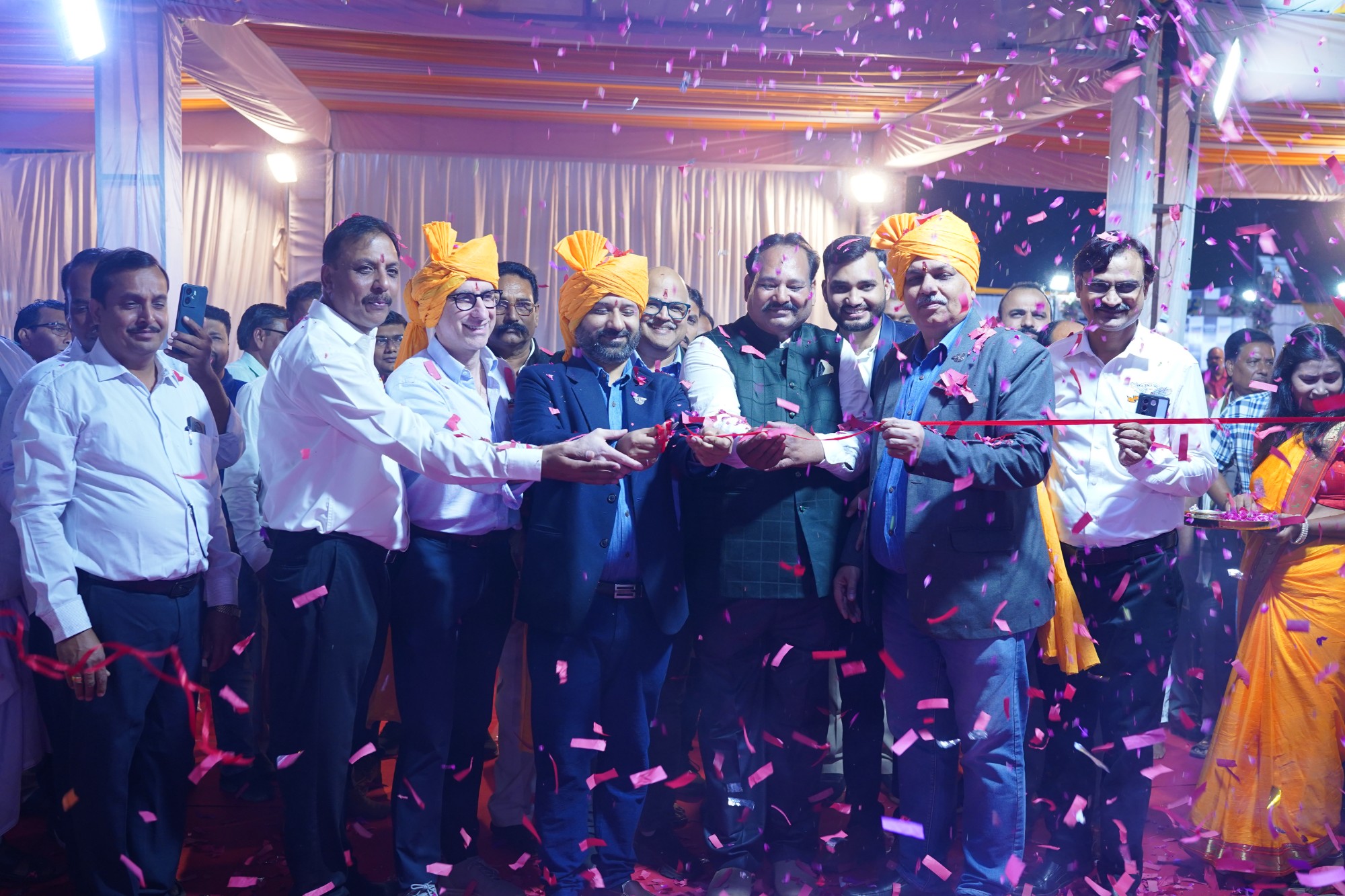Efficiency and safety is at the core of access equipment
By Edit Team | March 8, 2022 8:36 pm SHARE

Experts across the Access Equipment and MEWP segment discuss the trends, opportunities and challenges in localising equipment. They further give a brief on obtaining safety and reliability with BMU, Telematic and other virtual technologies.
Access equipment is becoming crucial today in the infrastructure construction and maintenance applications. With projects becoming bigger and taller, the need for working at heights using safer means has become imperative. The access equipment market consists of a range of products designed to enable personnel to work safely and productively at height.
Progress in Access Equipment
According to Souma Ray, Director, HAULOTTE India Private Limited, “The demand for access equipment has increased substantially since last quarter of 2020. Construction and infrastructure companies mostly hire such equipment at a time of purchase as their own asset. The utilisation rate of hired equipment has also gone up significantly, which is a good sign for the access equipment industry.”
Currently, the usage of Mlift Access Equipment/ Material Handling Equipment in the Indian market is comparatively lower than that of developed countries. “However, a surge in demand is observed in the sectors like infrastructure, metro, construction, port, defence, railways etc. To grab maximum market share & opportunities, we should create awareness, survey, focus on customer support & timely deliveries”, says N V Rao, Channel Sales Head, Product Head (MHE), mtandt Group.
Analysing the growth trends of the MEWP rental market that has transformed over the last 15 years, Meghraj Singh, Managing Director, Rentease International LLP, says “We see a strong demand for ultra-booms over the next five years, due to the upcoming projects in the power, oil and gas sector, construction of new cement and steel plants, government’s focus on infrastructure development, and upcoming high-speed railways and airports in India.”
According to Satin Sachdeva, Founder & Secretary General, CERA, “Increase in safety demands, limited availability of skilled labours and manpower becoming expansive will increase demand for access equipments. However, there is a need of a clear-cut legislation for working safely at heights and the machines that are used for it. It will certainly propel the demand for access equipments.”
Advanced equipment to better onsite performance
“We are continuously innovating and incorporating features into our machines that make them user friendly both to operate and maintain, to meet the rapid changes in technology”, says Souma. Technologies like ACTIV’ SHEILD BAR 2.0, HAULOTTE ACTIV’LIGHTING SYSTEM, Stop Emission System, among others, are being implemented HAULOTTE’s Boomlift and Scissor Lifts.
According to Krishna Patel, Head – Access SBU, Maco Corporation (India) Pvt. Ltd., “MEWP machine manufacturers are continually seeking for methods to improve the technology of their equipment. Currently, the current generation of equipment is more fuel efficient and complies with international pollution regulations. With the addition of more safety features as a result of technical improvements, the machines’ performance, experience, and reliability have improved dramatically.”
Various modern access equipment like twin track BMU with integrated glass lifting winch bring in safety, productivity, efficiency and reliability, compared to other conventional means of operations. Stressing upon the safety requirements, Shanttwan Saxenaa, Head Sales & Design, Appletree Building Maintenance Pvt. Ltd., explain its significance while designing access equipment by focusing on it right from the initial stage of designing using latest 3D design software for better visualisation of assembly parts through our expert designers who have gained experience from world’s leading access equipment companies from overseas.
On the other hand, NV Rao highlights the benefits of Telematics and Operating Training through Virtual Technology, as it enables safer use of the equipment on-site, which will further enhance productivity. The new EN and ANSI standards, introduced in 2021, make Mlift Access Equipment much safer, easier to use and maintain. In terms of safety, mandatory anti-crush and overload cut off features have been added.
Appletree has recently installed two indigenously designed and manufactured BMUs with elbow spreaders in less than 24 hours and started operations at Sattva Knowledge Park – Tower 1 in Hyderabad.
From the MEWP perspective, Meghraj believes today’s machines are equipped with improved safety features, self-diagnostic mechanisms, the option of hybrid technology/Li-ion technology, and in-built software for tracking the machine’s usage, performance, and troubleshooting. Also, some of the innovative technologies introduced by various MEWP manufacturers are SkyGuard technology, SIOPS technology, Telecom software (which gives an idea about the machine usage), and Limit Switch (an automatic cut-off system to prevent damage to the machine).
Satin, on the same point, says that demand from the market is resulting in innovations. There is a paradigm shift now towards new equipments with latest technology from traditional equipments. Hence, access equipments are going through a significant transformation. “Manufacturers are continuously engaged in technological advancements to enhance performance and ease the maintenance. Hybrid technology is most important trend today in access equipment industry. New models are being launched in world with electric drive hybrids”, adds Satin.
Rending equipment on a project basis
Leasing or renting access equipment on a project basis has its own set of advantages, such as the company does not have to pay the full cost of the equipment and can rent as per the requirement. The maintenance, breakdown, and operator costs are borne by the leasing company. It is economical to lease or rent equipment for short-to-mid-duration projects. Renting out Mlift Access Equipment on a project basis is not yet popular in India. However, we at mtandt are trying to promote this. This will help our customers fix their costs and manage their profits better. However, the lack of past data on the use of Mlift Access Equipment is the biggest challenge in adapting to Project-Basis Rental, “says NV Rao.
Whereas, Meghraj is of the view that challenges come with a set of opportunities, and since the companies are moving towards CapEx and OpEx models, “I believe this will boost the MEWP rental. But again, lower rates coming from the small and unorganised sectors, along with the unavailability of skilled manpower, remain a challenge.” Moreover, operators, delayed payments, lack of security for outstanding dues from customers, lack of specific safety standards and compliance; all of which are also holding the industry back. These issues are confronting all rental companies, irrespective of their fleet or company size.
Reducing import dependency with indigenous production:
“The government’s aim to propel local manufacturing by creating indigenous production of equipment is a well-commented initiative. Many companies have started manufacturing equipment locally. Furthermore, it has reduced its dependence on Europe, the US and China, while reaping the benefits of price competitiveness and spares, “says N V Rao.
The rental industry has huge development potential since it is a major buyer of access equipment. This has been especially true in recent years, as rental businesses have pushed to grow and update their fleets. However, when renting equipment, payment conditions are not always favourable. We frequently have to deal with clients about late payments, says Shanttwan.
Continuing the conversation, Krishna says, “In India, there is just one maker of MEWPs.” And I believe that OEMs from over the world should seize this chance to build MEWPs in India. “Any OEM that wants to manufacture in India is welcome in our industry.”
Market expectations in the coming years
India and the SAARC region are at a very nascent stage of adoption and awareness of Mlift Access Equipment. Hence, NV Rao expects exponential growth in the next five years, looking at the benefits this equipment offers to the user in terms of cost, safety and productivity.
The keys to its growth would be awareness and making the equipment available when the customers need it.
“The rental industry is directly related to the country’s economic growth because the government is focusing on the development of major infrastructure and industrial projects and plans to spend approximately USD 1.39 trillion (75,00,000 Cr.) over the next five years. I see tremendous opportunities for the growth of the rental industry in the coming years- be it for MEWPs, cranes, or any other construction equipment,” concludes Meghraj.
As per Satin’s view and his experience , the dearth of skilled manpower, absence of legislation making use of access equipments mandatory while working at heights, remains to be the key challenge.
Future access
Access equipments are becoming a constant requirement at all project sites. A major development with a shift towards hybrid and electric equipment is also observed today. The country’s powered access fleet is looking at a possible 10 percent rise this year from a total MEWP population of around 10,000 units. Another area of gradual change is the age of the equipment. Companies must upgrade their fleets from 20-year-old machines to 10-year-old units.
Furthermore, manufacturers of AWP & MHE should start focusing more on R&D of new products, localisation, cost-effectiveness, meeting market demands, advanced technologies, and after-sales service & training.
Cookie Consent
We use cookies to personalize your experience. By continuing to visit this website you agree to our Terms & Conditions, Privacy Policy and Cookie Policy.




































-20240213125207.png)

























